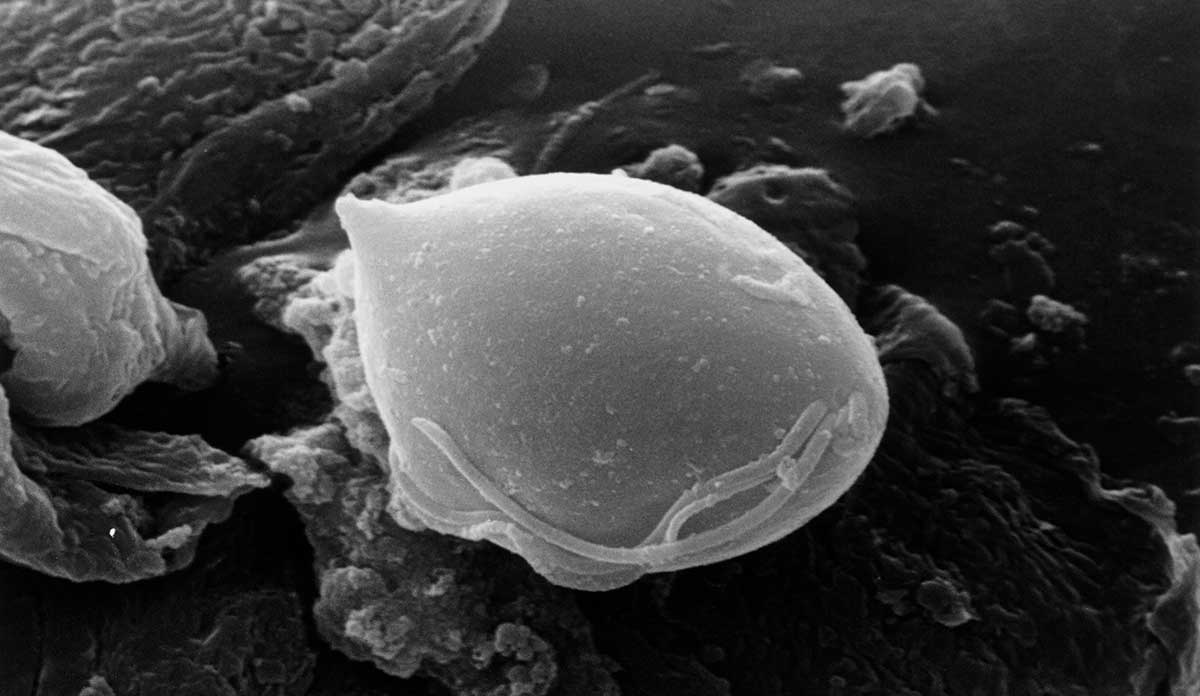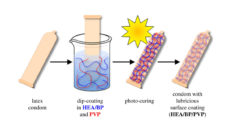Trichomoniasis is the most common curable sexually transmitted infection, but diagnosis can easily be missed by a health care practitioner. The Trichomonas vaginalis parasite infects 3.7 million people in the United States every year. Its symptoms are not always evident, however. Only 30% of infected individuals have discernible symptoms like itching and irritation of and around genitalia, painful or uncomfortable urination, and unusual changes in the color or smell of discharge.
Trichomoniasis is generally easy to treat with oral antibiotics, but it can reoccur through reinfection. The only way to completely prevent trichomoniasis is to fully abstain from all forms of sex. Condoms do not guarantee protection, but consistent and correct use is helpful in avoiding infection.
A March 2018 study by Eshan Patel and colleagues aimed to better understand the burden of trichomoniasis in the US. They note that public health professionals have not done much to bring more attention to the infection, and that clinicians are not required to report it to state health departments. Although anyone can be infected by Trichomonas vaginalis, screening guidelines set by the Centers for Disease Control and Prevention only clearly advise that women living with HIV get checked.
Left untreated, trichomoniasis can increase one’s chance of acquiring HIV during unsafe sex, or lead to premature births by infected mothers.
The researchers used information from the 2013-2014 National Health and Nutrition Examination Survey and accompanying laboratory urine tests to assess the impact of trichomoniasis in the US, and to learn if infection varies by sex, race, and income. They found that about 1.2% of the US population was infected between 2013 and 2014; more women than men were diagnosed.
The most drastic differences, however, were seen between racial and ethnic groups. Almost 7% of Black people in the US were infected, compared to only 0.4% among all other racial and ethnic groups combined. More specifically, 4.2% of Black men and 8.9% of Black women had trichomoniasis.
Low income was also associated with the infection; close to 4% of people with an income below the federal poverty line were infected between 2013 and 2014, compared to 0.6% among those with an income at or above the poverty line. Further, those with at least a high school education had fewer cases of infection than those who did not.
Based on their results, the researchers call for greater public health awareness of trichomoniasis, and suggest routine screening by clinicians for all individuals in communities most affected by the infection. Screening can involve a non-invasive urine test, but testing for trichomoniasis usually includes a sample of discharge. Monitoring the response to treatment more diligently may become increasingly important given a recent finding that a single dose of antibiotics may not be enough to cure trichomoniasis.
Left untreated, trichomoniasis can increase one’s chance of acquiring HIV during unsafe sex, or lead to premature births by infected mothers.
Feature image: Scanning electron micrograph of the parasitic protozoan Trichomonas vaginalis, the cause of sexually transmitted vaginitis. This pear-shaped organism is 15-20 microns in length and equipped with whip-like organs called flagella (bottom), which enable it to move around. Magnification x7000 at 10×8 inch size. Photo: Moredun Animal Health Ltd/Science Photo Library













